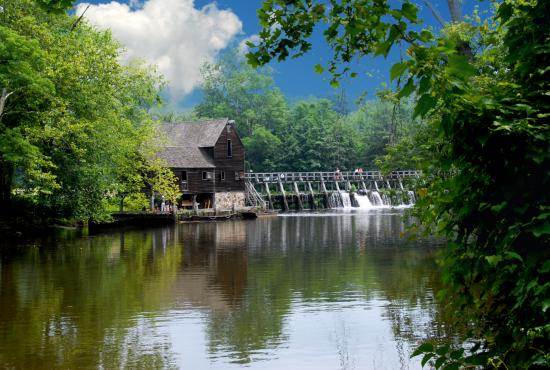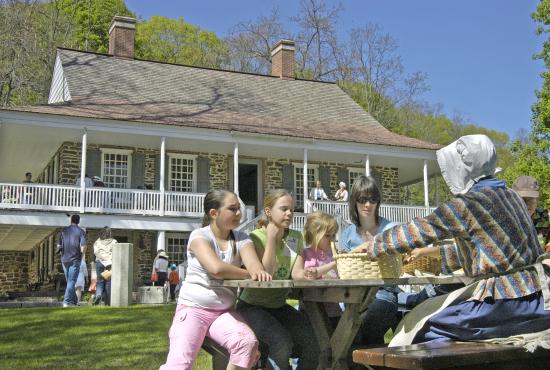
American Revolutionary Trail
"The Redcoats are coming!" A cry heard as patriots fought the British in Westchester. George Washington commanded the war from the Hudson Valley area, living close to the troops that would bring our nation to independence. Sense the life of a patriot as you learn about Westchester's important role in the founding of our country. For more information and history videos, please visit Revolutionary Westchester 250.
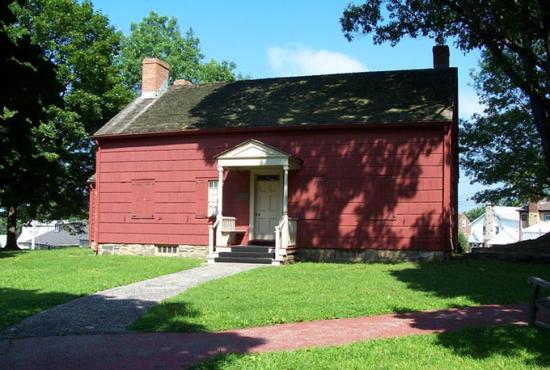
Jacob Purdy House
The Jacob Purdy House was used as General George Washington's headquarters in 1778 and possibly in 1776 during the Battle of White Plains in the American Revolutionary War. Originally constructed by Samuel Horton, it was purchased by Jacob Purdy's father, Samuel Purdy in 1730. It came into the possession of Jacob Purdy about 1785, in the aftermath of the war when some of the family had fled as United Empire Loyalists.
In the 1960s it was repaired and restored, and in 1973 the structure was moved to its present location. A further renovation was conducted around 1980. The Jacob Purdy House is now the headquarters of the White Plains Historical Society. The house was listed on the National Register of Historic Places in 1979.

John Jay Homestead
Experience American History at the home of Founding Father John Jay and 5 successive generations of the Jay family. Do you want to learn, from a first-hand source, about the birth of our nation? Founding Father, John Jay, can enlighten you. Do the origins and changes of the antislavery movement pique your interest? You will gain perspective from John Jay’s son and grandson who were at the forefront of the movement. Discover the stories of the slaves who lived at John Jay Homestead before the family championed the abolition cause. Do you wonder what life was like for early 19th century women? John Jay’s daughters have a story to tell.
Philipsburg Manor
America’s slave economy wasn’t confined to the South — this once-thriving farming, milling and trading center tells the often overlooked story of slavery in the Colonial-era North. Learn about those who lived and toiled here, like Caesar, an enslaved African miller. With its pastoral setting, water-powered gristmill, hands-on activities and demonstrations of Colonial life, the Manor opens a window on a forgotten past.
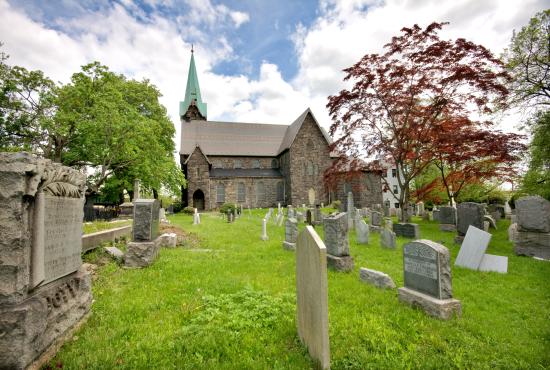
Saint Paul's Church National Historic Site
Saint Paul's Church National Historic Site is a United States National Historic Site in Mount Vernon, New York. The site was authorized in 1978. Saint Paul's Church is one of New York's oldest parishes and was used as a military hospital after the American Revolutionary War Battle of Pell's Point in 1776. The 5-acre cemetery surrounding the church is also within the historic site and contains an estimated 9,000 burials dating from 1704.
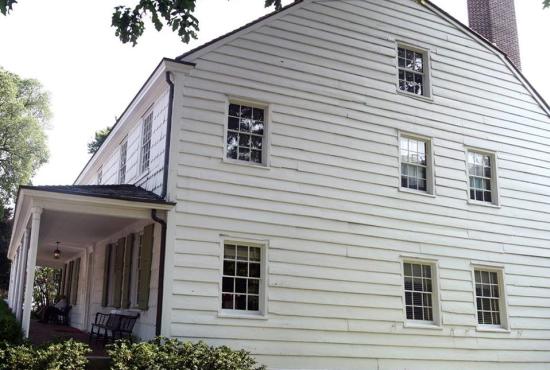
Square House Museum
Founded in 1964, the Rye Historical Society is located in the historic Square House c. 1730. Situated at the intersection of Purchase Street and the Boston Post Road, the Square House served as a tavern and inn during the mid - late 18th century. The building had several notable guests including John and Samuel Adams in 1774 and President George Washington in 1789. The Square House also served as the Municipal Hall for the Village of Rye - later the City of Rye from 1904-1964. In 1992, the Rye Historical Society acquired the Timothy Knapp House c. 1670, which is believed to be the oldest residential structure in Westchester County. In 2001, the house was opened as the Knapp House Archives and serves as the library and research facility for the Society. The collection of manuscripts, photographs, maps, and other documents are available to the public for research.
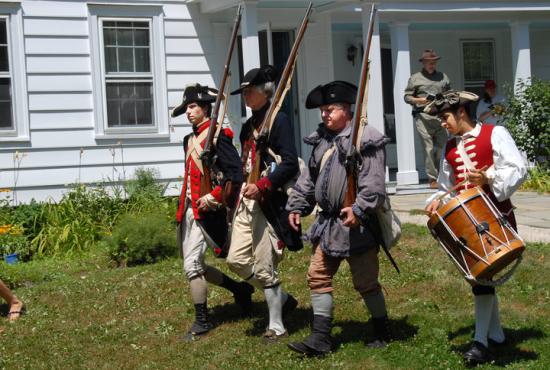
Thomas Paine Cottage
The Thomas Paine Cottage is the last structure in North America that the founding father owned as his home and is open to the public as an historic house museum. The Cottage contains some of the few artifacts still in existence that were once owned by Thomas Paine, including a simple chair and a cast-iron stove given to Paine by Benjamin Franklin. The Cottage is located on the last two acres of a 300-acre farm awarded to Paine by a grateful New York State for his services in the struggle for independence. The site also includes the Sophia Brewster one-room schoolhouse, the oldest free-standing school in New Rochelle.
Van Cortlandt Manor
Experience the domestic life of a patriot family living in the years just after the American Revolution - the New Nation period.The Van Cortlandts were one of New York's most prominent families, who faced and influenced pressing political issues of the time, including Federalist and Anti-Federalist debates over the drafting of the constitution. The family also grappled with religious change following the rise of evangelical religions and had to confront the controversy over emancipation, since they were slaveholders.
- Jacob Purdy House, White Plains
- John Jay Homestead-State Historic Site, Katonah
- Philipsburg Manor, Sleepy Hollow
- Saint Paul's Church National Historic Site, Mt. Vernon
- Sparta Cemetery, Ossining
- Square House Museum, Rye
- Thomas Paine Cottage, New Rochelle
- Thomas Paine Memorial Museum, New Rochelle
- Van Cortlandt Manor, Croton-on-Hudson



